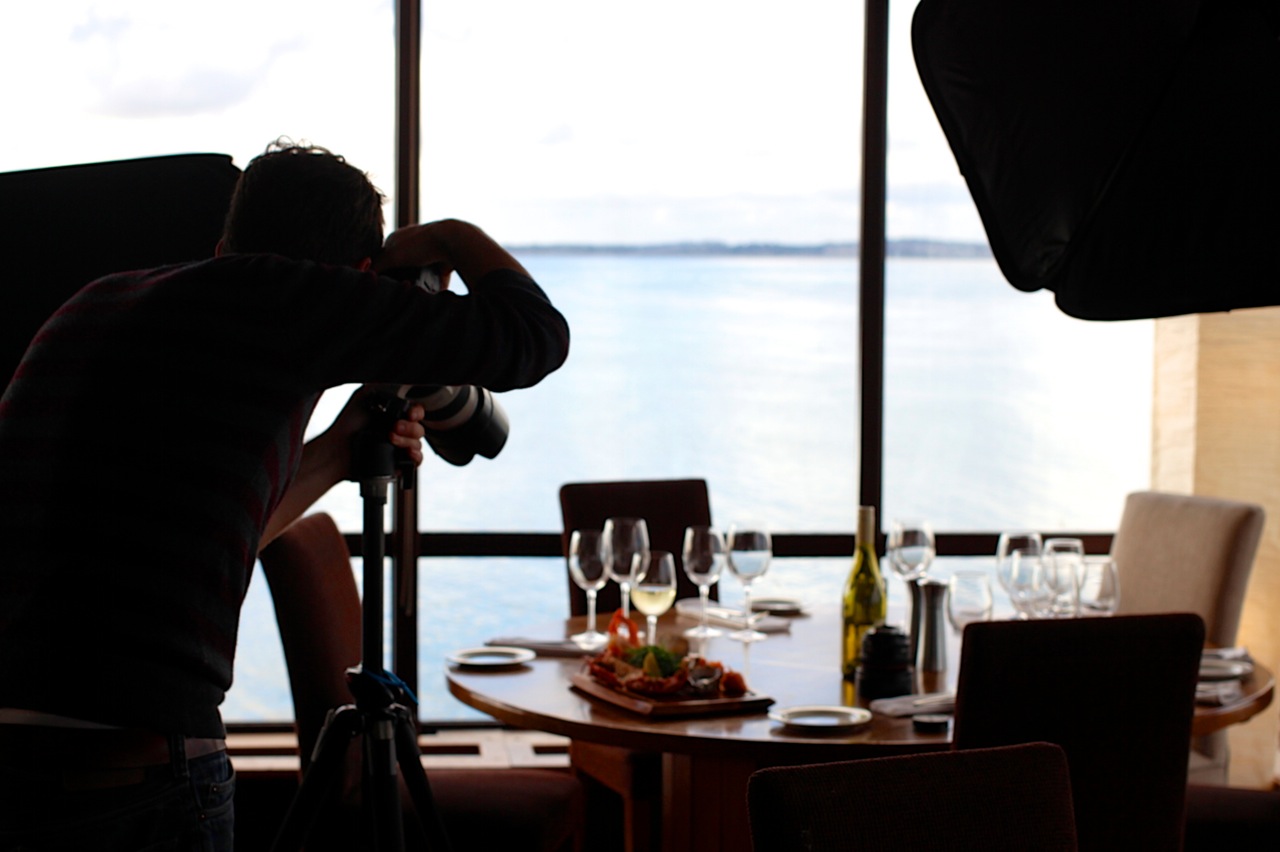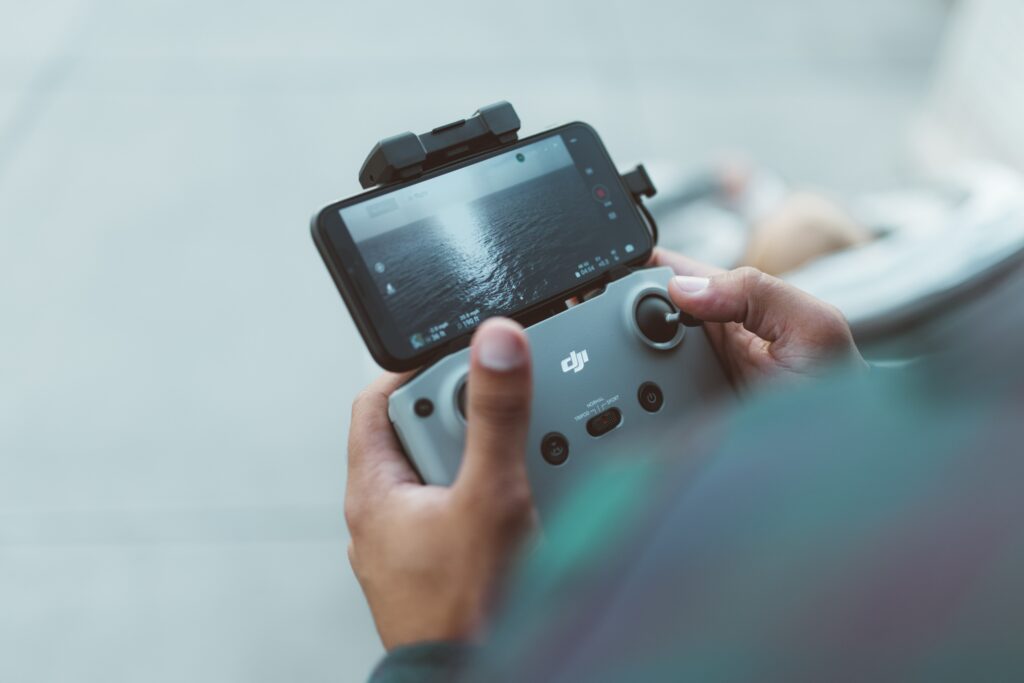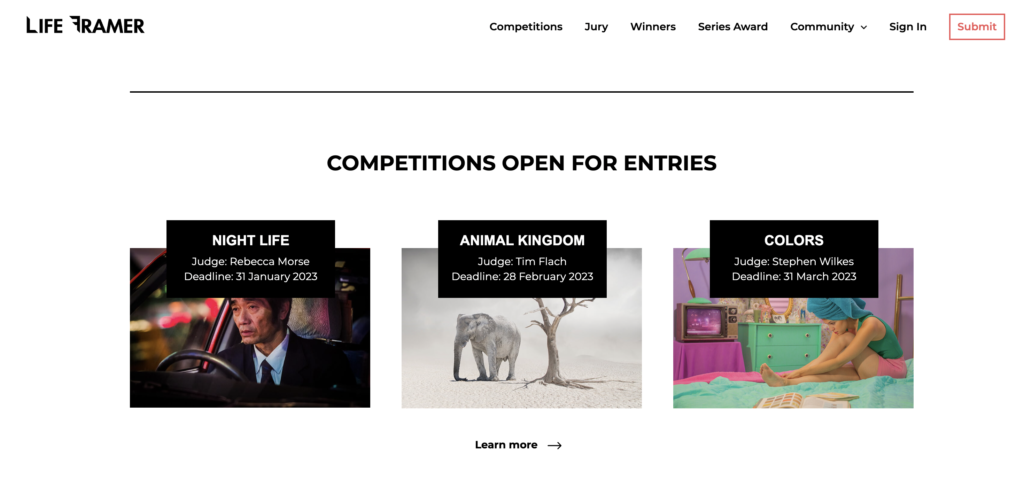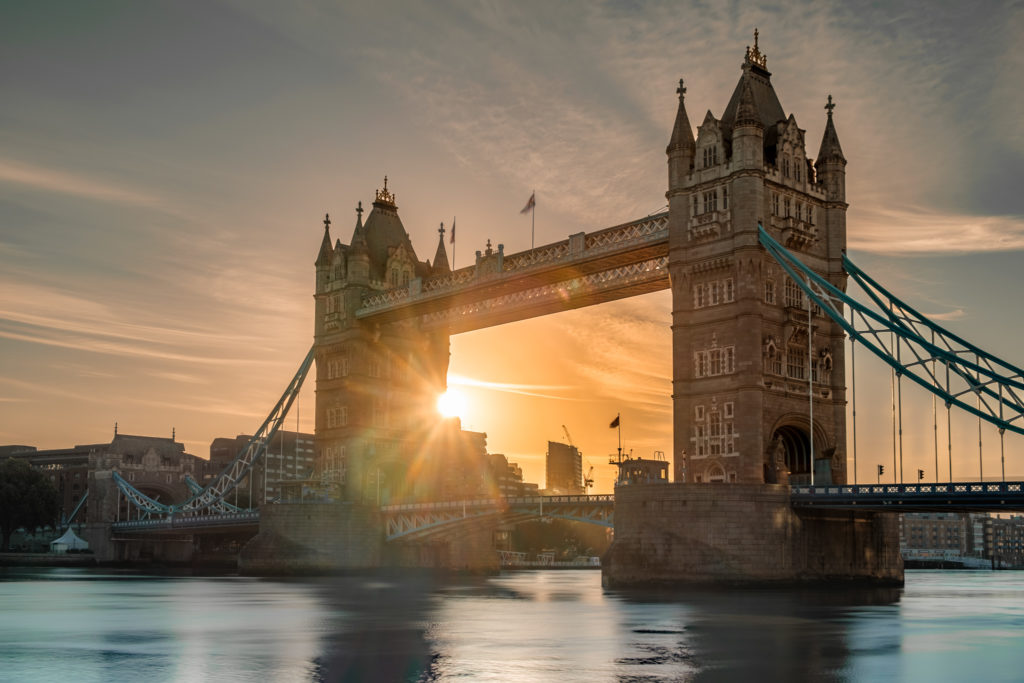There are Various Types of Photography Portfolio You Could Use…but Which is Best?
The very short answer to this question would be, every possible kind. Let me elaborate some more.
Each portfolio type serves a different certain purpose. And each of the portfolio types has their own pros and cons. However, the situation itself dictates which portfolio type would have the best final effect.
By “types of photography portfolio”, I generally distinguish between three types: printed, digital (laptop/tablet) and web portfolio.

The Web Portfolio
The portfolio with the least amount of cons would be the web portfolio, i.e. most people would benefit from using this type. Mainly because there are so many services available, making it easy to set up, maintain and edit if necessary. It is also easy to access for all of your clients.
Most of those can be set up to have a responsive design so they have no issues with different devices and browsers. However, the bad side of having an online portfolio is that your photos can be easily stolen and misused.
Also, it has the least impact because you can't make different portfolio pages for different photography styles. It won’t work. So the web portfolio has a somewhat average impact (if your clients are wide-ranging), although having the benefits of being easy to access will always work to your advantage.

Digital Portfolios on Your Tablet
The digital portfolio, usually the one that you have on your tablet/laptop (though tablet is preferred) is good because you have it on the go, and you can select which photos to display in a matter of seconds.
Most mid-range to high-end tablets feature pretty sharp screens which reproduce vivid colors – a good thing when you need to show off your work.
The thing about it is that you can zoom in and swipe through images quite easily which is always an added bonus to have images to hand.
So, digital would be what I would consider a “medium impact” portfolio which you always have on you (well, 90% of the time at least) and presenting it is more personal since you are present in the moment, unlike the web portfolio.

Go Traditional with the Printed Portfolio
The printed portfolio is the most tricky one, firstly because it costs a bunch if you want large high-quality prints, and it's a pain to carry around something so heavy.
However, even in an age of sophisticated digital technology, the printed portfolio is the most impactful one.
Printed images tend to look better when compared to screens and other visual mediums. Perhaps there's something in the ability to actually hold the picture, the actual picture, not a visual representation made with liquid crystals and LED lights.
Of course, this really does depend on how good you’ll make the printed portfolio and the picture layout. Most serious agencies that hire photographers (photographers that do art at least) require printed portfolio to be presented.
All in all, printed portfolio is of the highest impact, but it is the most inconvenient and expensive one to make. The trade off is up to you!

Another Option – Use Them All?
Why should you opt out for all of the above? Wouldn’t that be the most expensive option? Yes, it will. Think of it as self-investment, you will have a portfolio for every kind of situation.
You never know which one you’ll need and what good will any of them do. You must be prepared to tackle any challenge in order to get hired.
With the online portfolio setup, paired with social media and all the attention gaining online mediums you gain the chance of having potential clients stumble upon your portfolio and see something they like.
Additionally, while that's going on you have a portfolio with you all the time which can be tailored to your potential client in a matter of seconds, and at the request of a printed portfolio you won’t have to do last minute printing and such since you’ll have one primed and ready.
Of course, make sure your portfolio isn’t all of your pictures, select only your best work, categorize them properly and make sure you tweak them to present the best way. Remember, you might have to edit them separately for each portfolio type, if this is required, do it.
You have to account for your client’s attention span and what they immediately find visually impacting. Also, the fact that every picture they don’t like devalues your work, thus you might end up working for lower fees or not working at all. Be ready.

Lastly, be prepared and organized enough to show work that isn’t in your portfolio upon a request from clients. Some clients have very specific needs and would like to see very specific shots.
You can’t leave them waiting for hours to see a shot or two. Keywording your images in Lightroom helps quite a bit with this.
Summary
What we've learned today is that as you'd expect, different clients will expect different types of portfolios. Along with this, you really do have to be prepared for any situation!
By this I mean, ensure you're never caught out, or at least if you are, you are confident you could never have foreseen the request! First thing I'd recommend is to grab yourself an online portfolio, get the ball rolling and see what your potential clients are after.
Types of Photography Portfolio – Top Takeaways
- Choose a portfolio which is based on what your client expects and will likely resonate best, if possible be prepared for digital AND printed photos.
- Choose your best work to display in your portfolio, but always have your less than five-star work readily available, just in case it's asked for – it could be in these other areas of your photography that the client sees that extra potential in working with you.
Further Resources
- Photographers Must Put THESE Techniques In Their Portfolio by Jason Row
- What Every Photographer Needs to Know About Creating an Online Portfolio by Jason Row
Further Learning
Understanding Light is absolutely essential – as photographers we all know it, there’s no getting around this one.
So, just for the readers, we have an excellent and comprehensive Guide for you: Fantastic Fundamental Light Skills – “The fast and easy way to develop a fundamental understanding of light so you can take better photos!”




